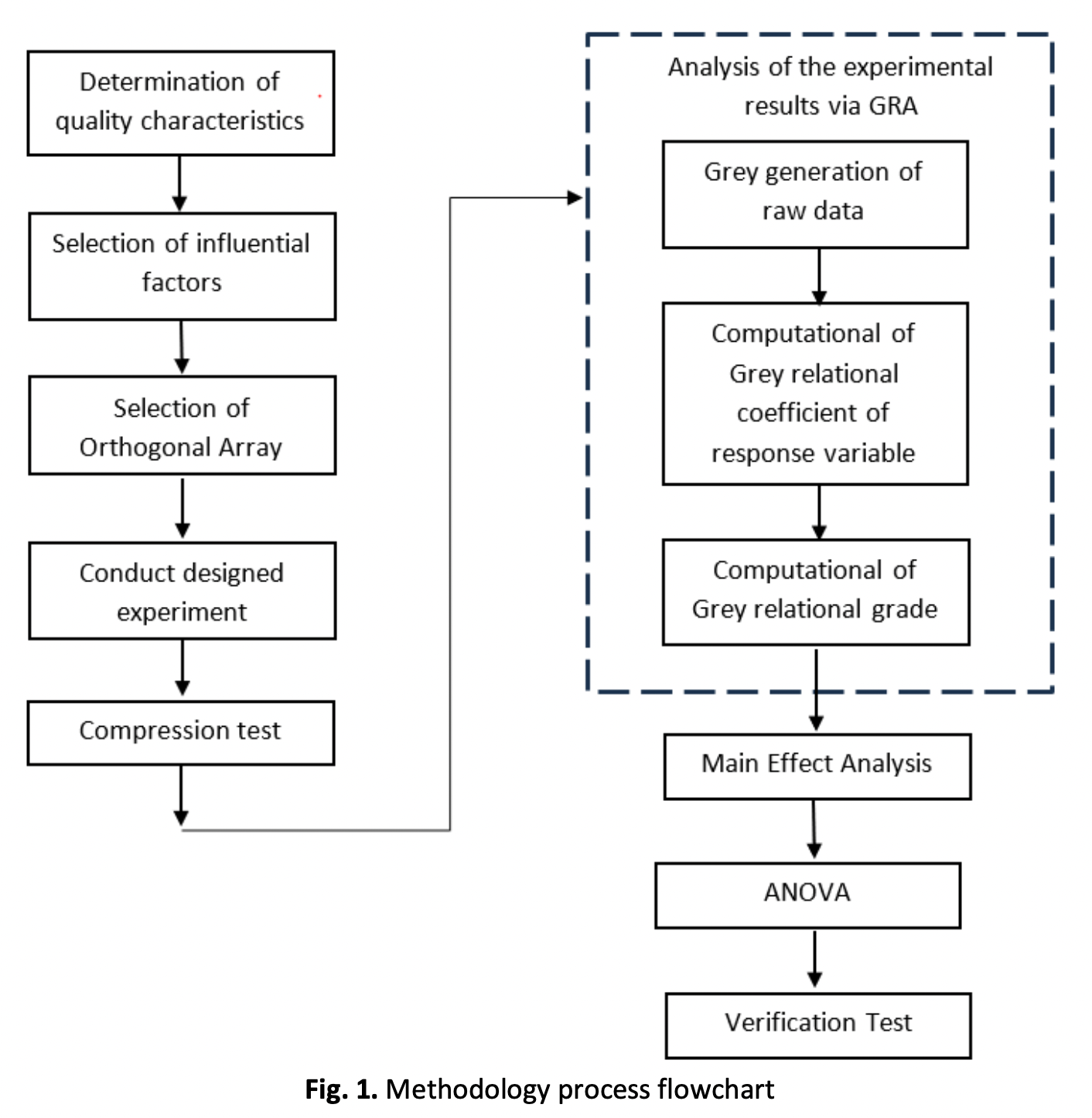Optimization of Topology and Mechanical Properties of 3D Printed Hollow and Thin-Walled Structures via Integration of Taguchi Method and Grey Relational Analysis
DOI:
https://doi.org/10.37934/aram.115.1.1835Keywords:
PLA, 3D printing, Taguchi Method, Grey Relational Analysis, topologyAbstract
Fused deposition modelling (FDM) as one of 3D printing technique allow for the layer-by-layer construction of objects from a CAD file using a variety of different materials. The process has become quicker and more versatile as a result of technological innovation. In this study, the Taguchi method and Grey Relational Analysis (GRA) were integrated to examine the mechanical performance and topology optimisation of polylactic acid (PLA) 3D printed hollow and thin-walled structures by FDM. The results showed that the optimized factors for the 3D printed part were identified as topology design (hexagonal), wall thickness (2 mm), layer height (0.2 mm), infill density (20%), infill layer thickness (0.6 mm), infill flow (80%), infill pattern (Triangle), print speed (100 mm/s), printing temperature (210°C), bed temperature (65°C), and orientation direction (flat along the Y-axis). The compression properties of the 3D printed part particularly for maximum force, maximum stress and compression modulus were improved by 15.42%, 66.62% and 68.61% respectively after the optimization.
Downloads



























